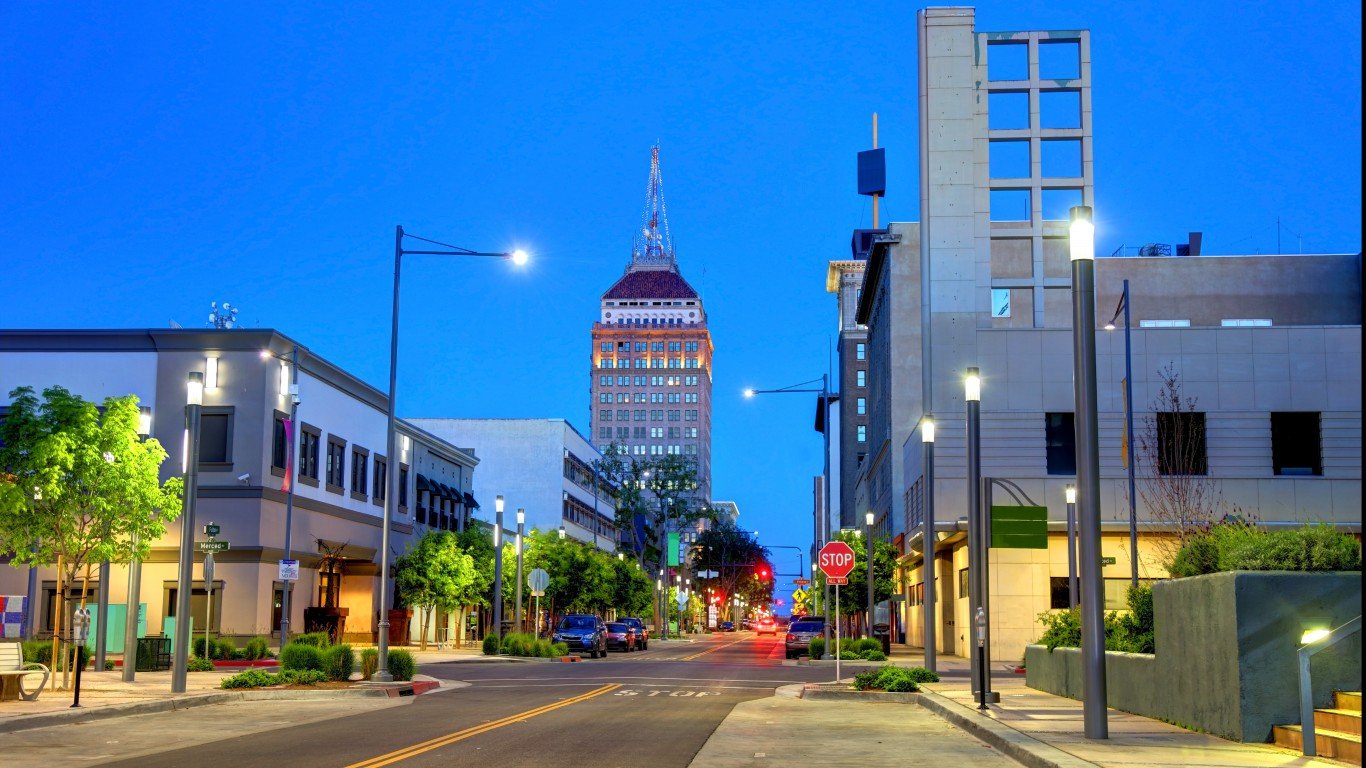
5. Fresno, California
> City covered by hazardous waste areas: 14.5% (16.9 sq. mi.)
> Number of hazardous waste areas: 4
> Largest hazardous waste area: T.H. Agriculture & Nutrition Co.
> Total population: 526,147
Pesticide manufacturing took place at T.H. Agriculture & Nutrition Co. from 1950 to 1981. Industrial byproducts in the process were dumped in area landfills, which contaminated soil and groundwater. The EPA took the area off its Superfund National Priorities List in 2006.
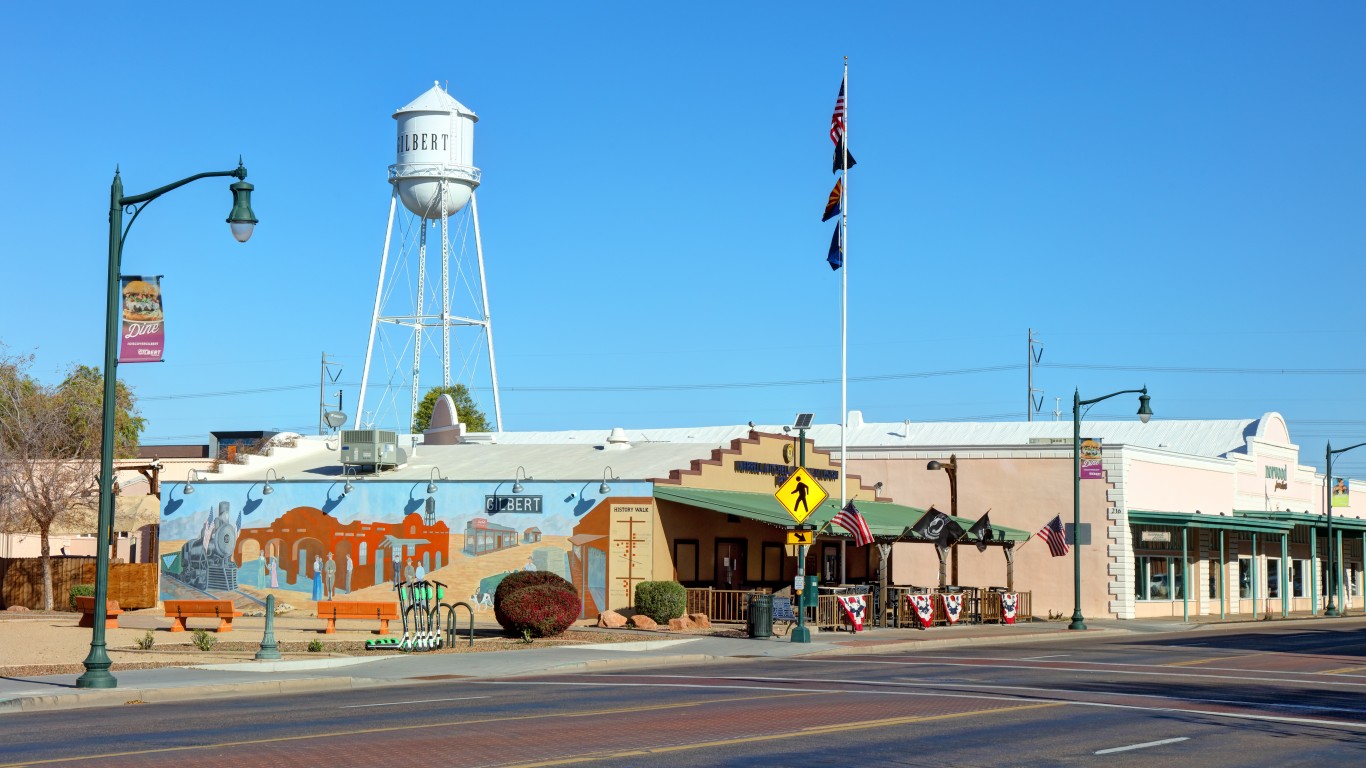
4. Gilbert, Arizona
> City covered by hazardous waste areas: 19.9% (13.7 sq. mi.)
> Number of hazardous waste areas: 2
> Largest hazardous waste area: Mesa Area Groundwater Contamination
> Total population: 248,349
Along with nearby Chandler and Mesa, Gilbert is part of the larger Mesa Area Groundwater Contamination zone, though the source of contamination differs. An industrial solvent linked to a former copper sulfate production facility that operated from 1979 to 1983 was discovered in late 2000, long after the owner of the facility left the state. The contaminants are not believed to have polluted area drinking water.
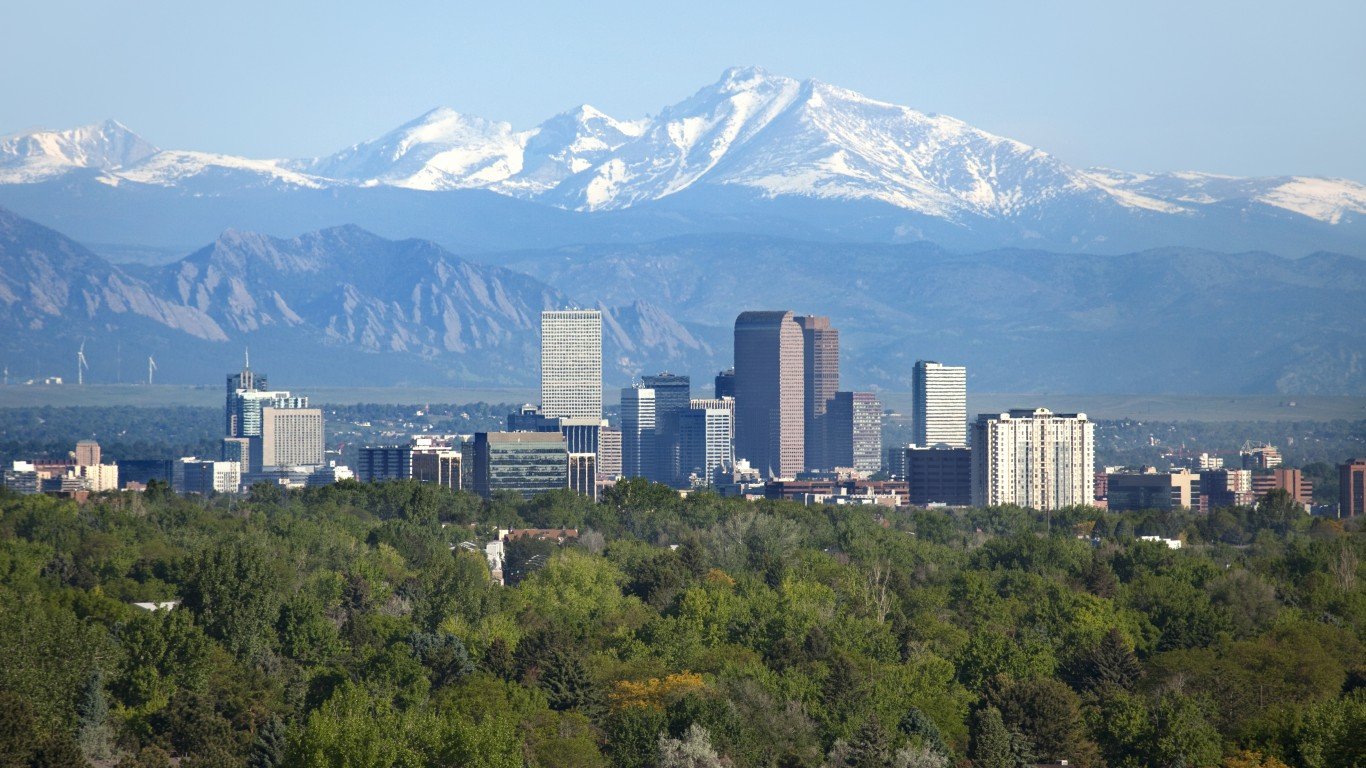
3. Denver, Colorado
> City covered by hazardous waste areas: 25.7% (39.7 sq. mi.)
> Number of hazardous waste areas: 7
> Largest hazardous waste area: Denver Radium Site
> Total population: 715,878
The Denver Radium Site was polluted by radioactive residues from the processing of radium ore in the early 1900s, when radium was being researched and even used in many consumer products. Today, the site contains residential, commercial, and recreational sites. The area has been mostly cleaned up, but maintenance activities and regular five-year reviews are ongoing.
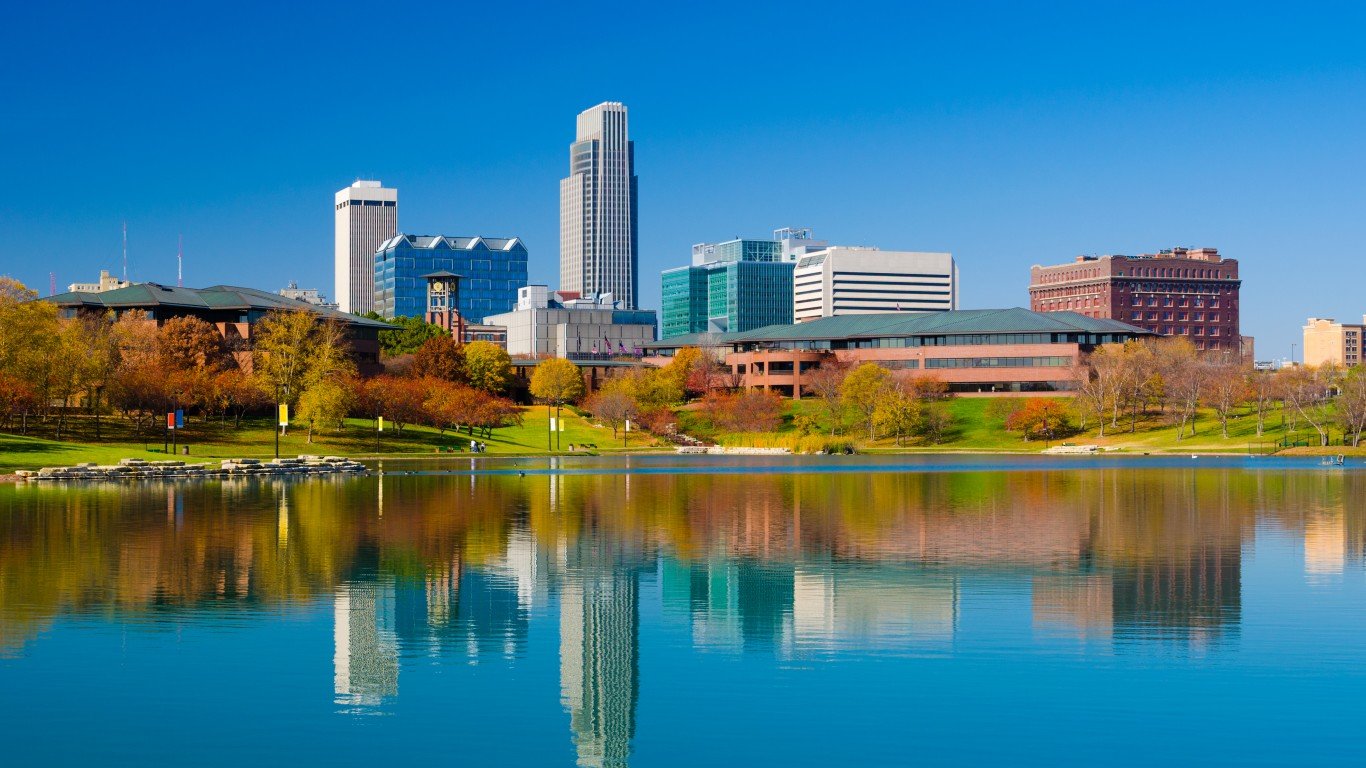
2. Omaha, Nebraska
> City covered by hazardous waste areas: 30.8% (45.0 sq. mi.)
> Number of hazardous waste areas: 2
> Largest hazardous waste area: Omaha Lead Site
> Total population: 479,529
Past industrial emissions in the area caused considerable lead contamination of surface soils in eastern Omaha. The EPA began excavating and replacing soils around child care facilities and residential properties, and in 2004, it focused on 5,600 of the most highly contaminated properties. Many areas were deemed to pose unacceptable risks to children’s health.
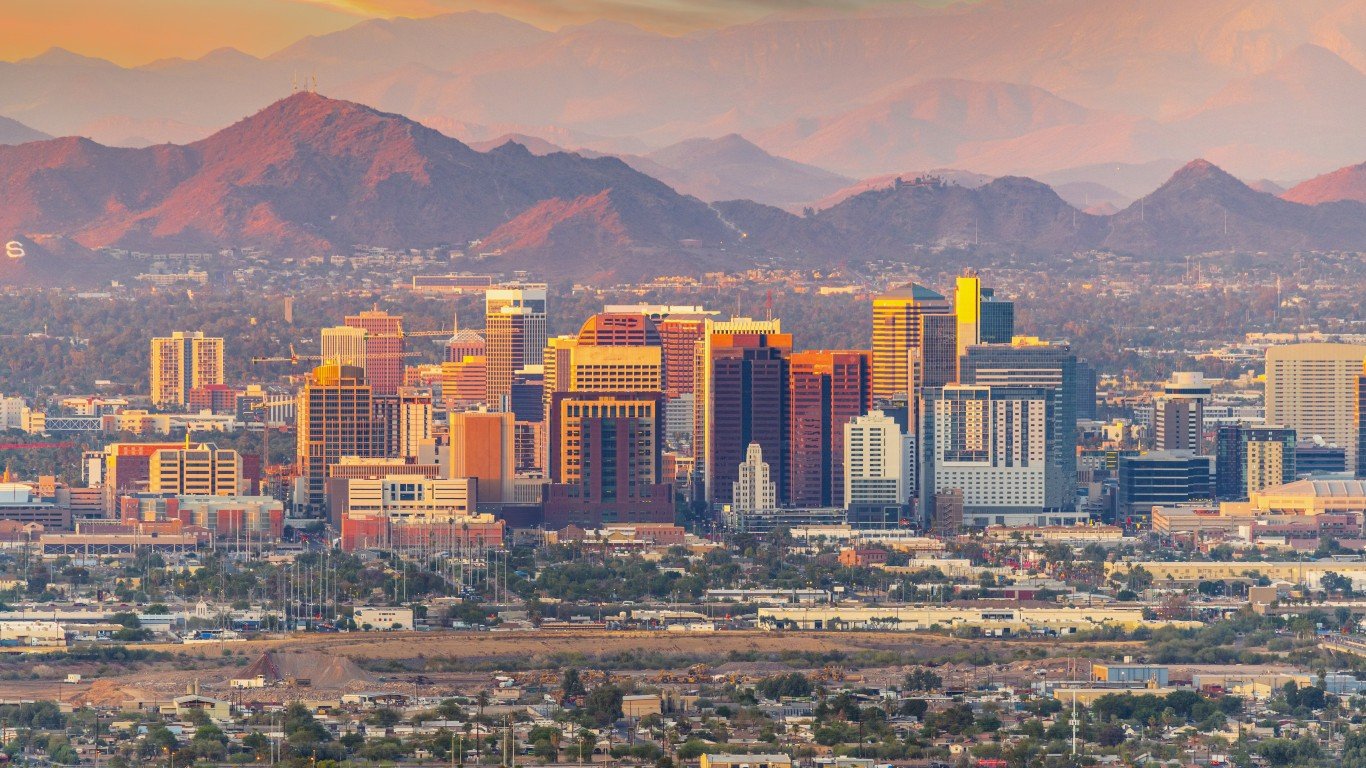
1. Mesa, Arizona
> City covered by hazardous waste areas: 41.1% (57.3 sq. mi.)
> Number of hazardous waste areas: 2
> Largest hazardous waste area: Mesa Area Groundwater Contamination
> Total population: 508,918
Mesa shares the same contamination issues as nearby Chandler: past activities from the former Fort Williams Air Force Base, a site that is now occupied by Phoenix-Mesa Gateway Airport and Arizona State University Polytechnic Campus. Pollutants include perfluorooctane sulfonate (PFOS) and perfluorooctanoic acid (PFOA), chemicals found in firefighting foam that the EPA links to cancer and birth defects.

 24/7 Tempo
24/7 Tempo




